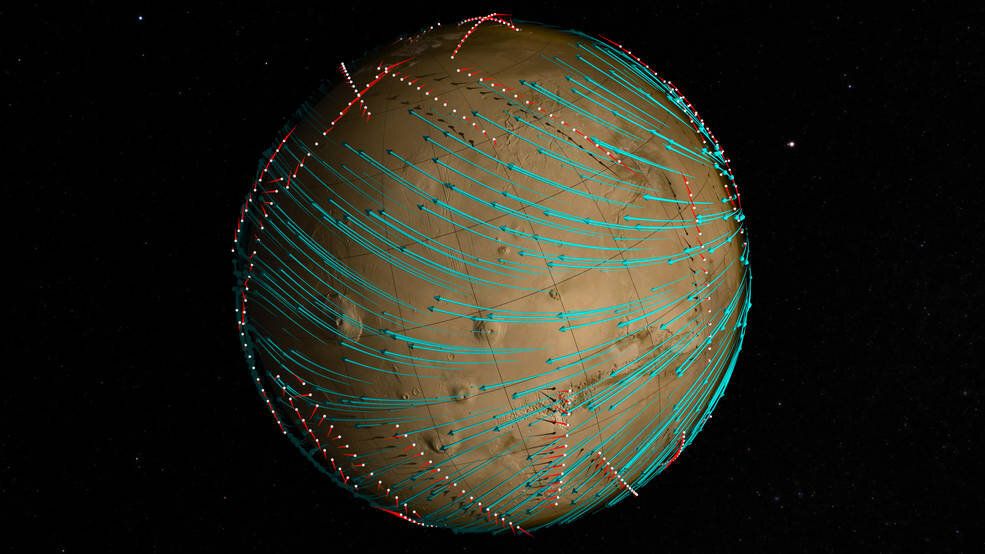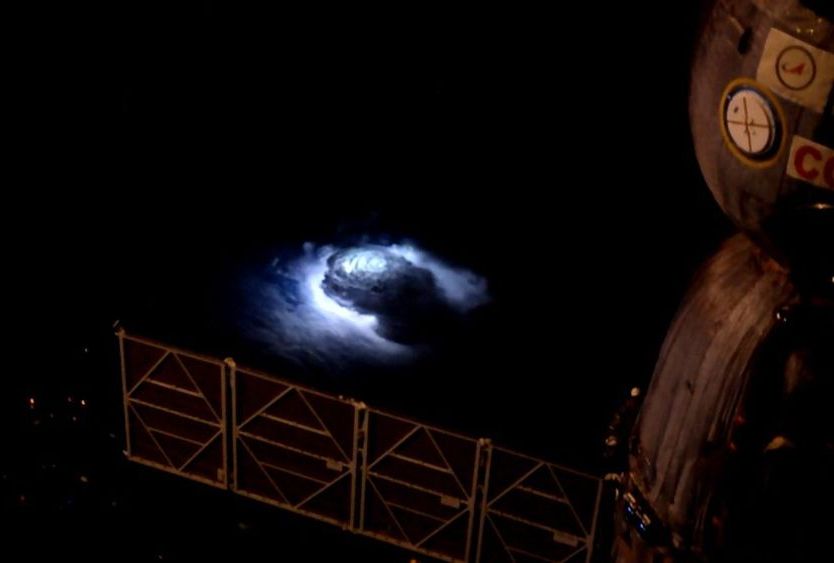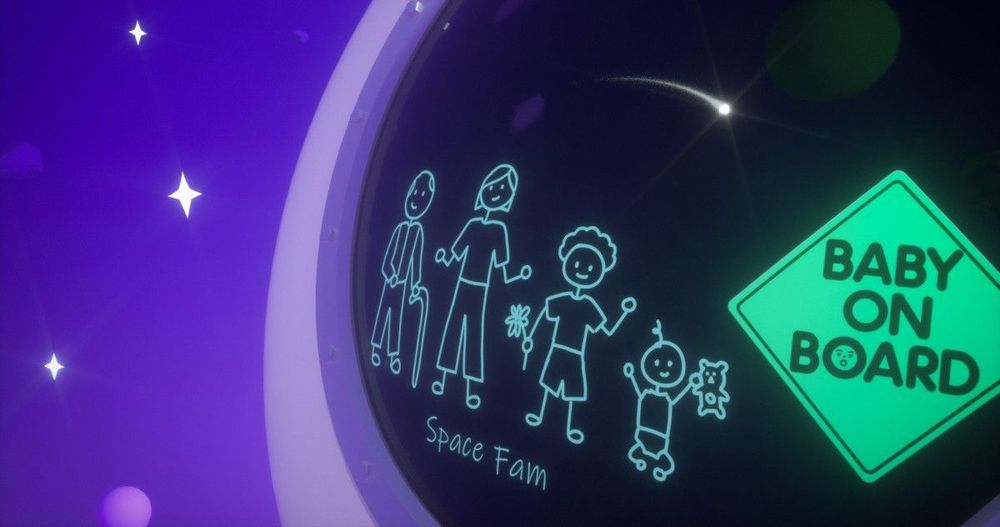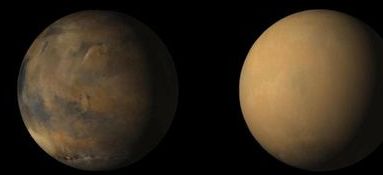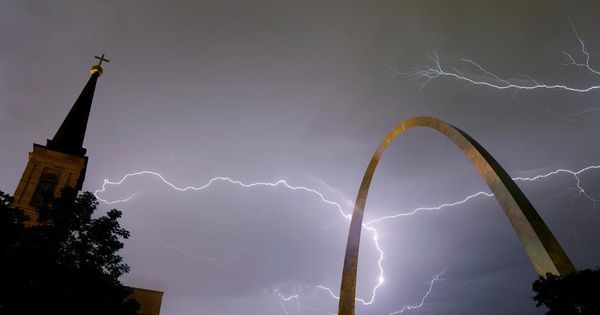Archive for the ‘climatology’ category: Page 112
Dec 13, 2019
Scientists map Mars’ global wind patterns for the first time
Posted by Quinn Sena in categories: climatology, space travel
Today, a paper published in Science documents for the first time the global wind circulation patterns in the upper atmosphere of a planet, 120 to 300 kilometers above the surface. The findings are based on local observations, rather than indirect measurements, unlike many prior measurements taken on Earth’s upper atmosphere. But it didn’t happen on Earth: it happened on Mars. On top of that, all the data came from an instrument and a spacecraft that weren’t originally designed to collect wind measurements.
In 2016, Mehdi Benna and his colleagues proposed to the Mars Atmosphere and Volatile EvolutioN (MAVEN) project team that they remotely reprogram the MAVEN spacecraft and its Natural Gas and Ion Mass Spectrometer (NGIMS) instrument to do a unique experiment. They wanted to see if parts of the instrument that were normally stationary could “swing back and forth like a windshield wiper fast enough,” to enable the tool to gather a new kind of data.
Initially, the MAVEN project team was reluctant to implement the modifications Benna and his colleagues requested. After all, MAVEN and NGIMS had been orbiting Mars since 2013, and they were working quite well collecting information about the composition of the Mars atmosphere. Why put all that at risk? Benna and his colleagues argued that this project would collect new kinds of data that could shape our understanding of the upper atmosphere on Mars, inform similar studies on Earth, and help us better understand planetary climate.
Dec 10, 2019
ISS Sees Thunderstorm Beaming Electromagnetic Pulse Into Space, Producing Gamma Rays and ‘Elves’
Posted by Quinn Sena in categories: climatology, space
O…O.
At 8:01 p.m. on October 10, 2018, a bolt of lightning flashed inside of a storm cloud just east of the Indonesian island of Sulawesi. The International Space Station was passing overhead at the time, and a suite of instruments observed as the bolt produced a flash of gamma radiation—and, simultaneously, emitted a glowing ring of ultraviolet and visible light in the topmost layer of the atmosphere.
Scientists today are presenting the results of this observation, the first to capture both a terrestrial gamma ray flash, or TGF, and the visible-light component of an Elve, a dim disk of ionospheric radiation. This observation provides more evidence for the connection between lightning, the radiation produced by storms, and electromagnetic phenomena at the top of the atmosphere, while illustrating more of the wild radioactive curiosities that weather can generate.
Dec 6, 2019
Scientists Are Contemplating a 1,000-Year Space Mission to Save Humanity
Posted by Jason Stone in categories: climatology, Elon Musk, space, sustainability, virtual reality
VR and Interstellar Travel
Crew members in route to a distant planet may best be accommodated by full immersion VR. The actual spaceship could be reduced to a relatively simple, small, well-shielded vehicle. Inside the crew’s biological material could be supported by a simplified nutrition, waste and maintenance system. Their minds could inhabit a fully immersive VR environment that would provide them with all the luxuries of vast, diverse spaces and experiences — complete with simulated gravity, simulated pleasant nature-like and artificial environments, and simulated meals.
They could also engage in simulating the type of society they intend to build once they arrive in their new physical environment, using similar constraints to the ones they will encounter. This could allow many years for actual human experiences to test and refine what they will build and how they will interact in their new home.
Continue reading “Scientists Are Contemplating a 1,000-Year Space Mission to Save Humanity” »
Nov 28, 2019
Massive Dust Towers Are Linked To Mars’ Ancient Water Loss, Says NASA
Posted by Bruce Dorminey in categories: climatology, space
Between the solar wind stripping its atmosphere and these horrific dust towers bleeding its water into space, Mars may not have ever had a chance at a stable climate.
NASA reports that these are the result of observations by NASA’s Mars Reconnaissance Orbiter’s heat-sensing Mars climate sounder instrument which can easily penetrate this dusty haze.
We’re not yet able to understand how much these towers contributed to Mars’ past water loss, David Kass, a planetary scientist at NASA Jet Propulsion laboratory and the Mars Climate Sounder instrument’s principal investigator, told me by phone. But they are telling us that the simple extrapolations that we were doing before to explain Mars’ water loss has limitations, he says.
Continue reading “Massive Dust Towers Are Linked To Mars’ Ancient Water Loss, Says NASA” »
Nov 27, 2019
‘Infrasound’ May Soon Help Scientists More Accurately Predict Tornadoes
Posted by Genevieve Klien in category: climatology
New research results show how sound below the range of human hearing can help scientists predict and track tornadoes.
Predicting tornadoes is crucial for saving lives. Today, meteorologists rely on Doppler radar signatures as well as context clues, combined with reports from eyewitnesses on the ground. The technology has led to a major increase in warning time around tornadoes over recent decades. But the National Weather Service still reports at least a 50 percent false alarm rate for issued tornado warnings as of 2014, and the rate might be even higher. Now, scientists are getting serious about using infrasound—sound with a frequency lower than human ears can hear—as a means to supplement present-day methods for tornado detection.
Nov 14, 2019
Coronal Holes, Cosmic Collision, Big Announcement | S0 News Nov.14.2019
Posted by Buddy Baker in categories: climatology, cosmology

Daily sun, earth and science news
Need to Catch Up?
CLIMATE FORCING: https://youtu.be/rEWoPzaDmOA
CLIMATE FORCING [Short]: https://youtu.be/tul07hx8V8w
PLASMA COSMOLOGY: https://youtu.be/E4pWZGBpWP0
PLASMA COSMOLOGY [Short]: https://youtu.be/G48V-Fmh4uc
COSMIC DISASTER: https://youtu.be/B_zfMyzXqfI
Continue reading “Coronal Holes, Cosmic Collision, Big Announcement | S0 News Nov.14.2019” »
Oct 31, 2019
Will Extrasolar Earths Also Have Lightning?
Posted by Bruce Dorminey in categories: climatology, space
An astrobiologist argues that lightning should also be prevalent on planets around other sunlike stars.
Oct 29, 2019
‘Diamond rain’ on Saturn and Jupiter
Posted by Quinn Sena in categories: climatology, space
Diamonds as big as jewels fall as “rain” on Saturn and Jupiter, seeded by giant lightning storms, according to new calculations by US scientists.
Oct 22, 2019
2019 Ozone Hole is the Smallest on Record Since Its Discovery
Posted by Tracy R. Atkins in category: climatology
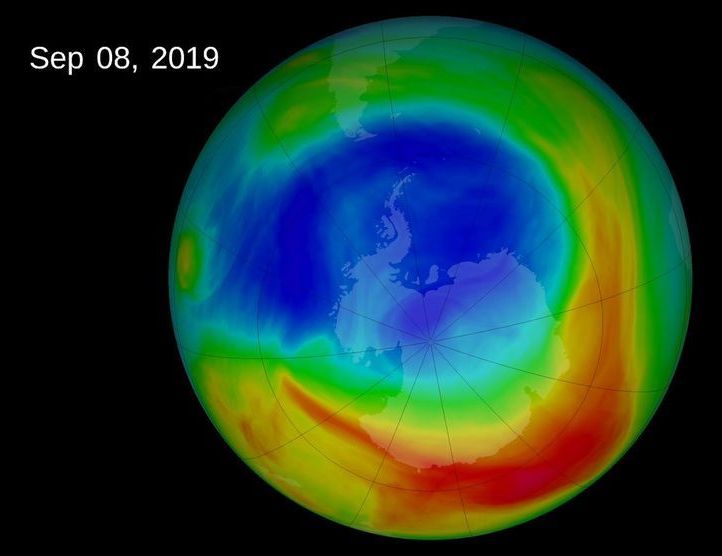
Banner Image: The 2019 ozone hole reached its peak extent of 6.3 million square miles (16. 4 million square kilometers) on Sept. 8. Abnormal weather patterns in the upper atmosphere over Antarctica dramatically limited ozone depletion this year. Credit: NASA
By: Ellen Gray NASA’s Earth Science News Team
Continue reading “2019 Ozone Hole is the Smallest on Record Since Its Discovery” »

